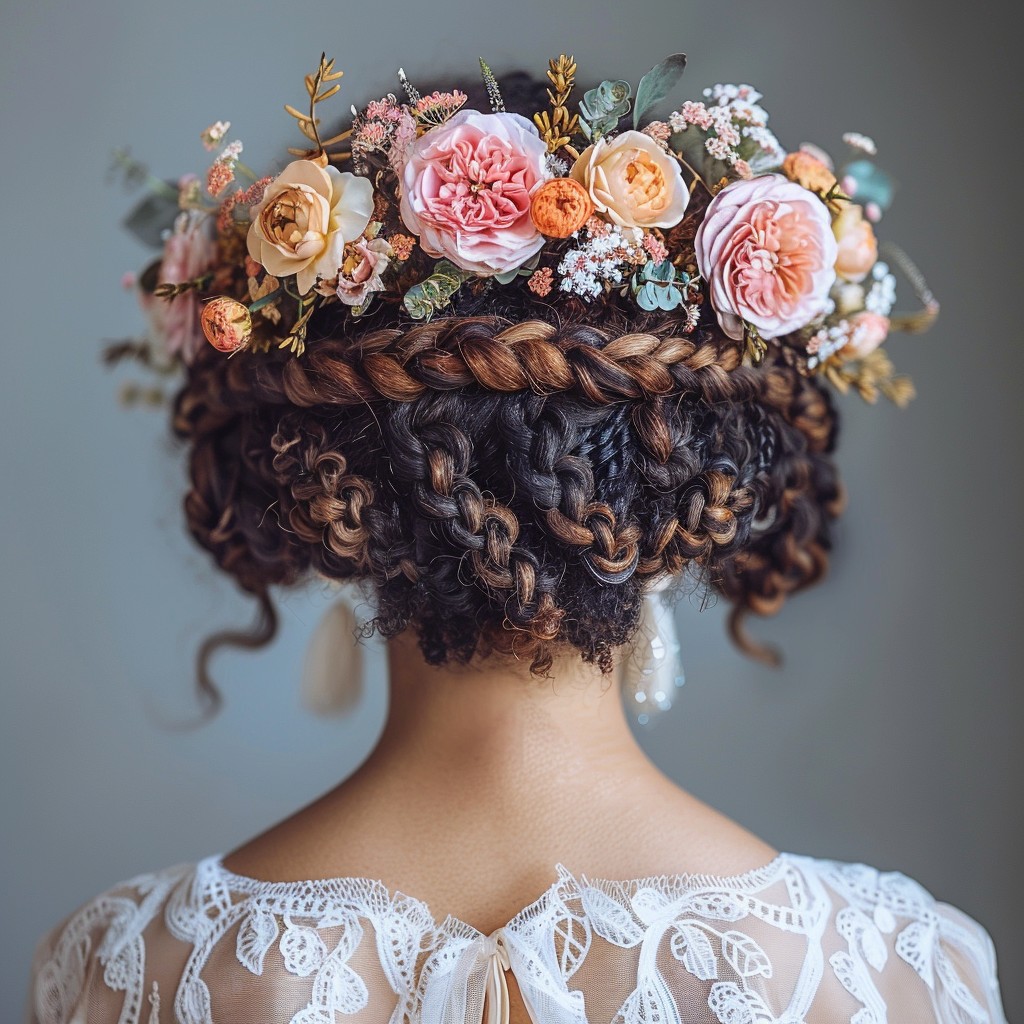If a subject could improve your health and happiness, it didn’t escape Ellen White’s notice.
In 1871, she wrote an article for “The Health Reformer” about the heavy wigs and head gear worn by many of the fashionable women of the era. Horsehair and wool were often added to human hair to make up wigs, extensions, and other hairpieces, and heavy artificial braids and pads were also applied to the head. The hair was swept into updo’s with a lot of pulling and tugging required to achieve the popular styles of that time. Mrs. White termed these devices “artificial deformities” and said they made the head too hot while causing the person’s natural hair to fall out, leading to baldness. Until recently, many didn’t believe her. Now, with so many people wearing tight wigs, weaves, extensions, and other styles that pull on the hair, serious degrees of alopecia (hair loss) and baldness are commonly seen today. It’s become a widespread problem.
She went on to write something that is harder to understand, stating that “many have lost their reason, and become hopelessly insane, by following this deforming fashion. Yet the slaves to fashion will continue to thus dress their heads, and suffer horrible disease and premature death, rather than be out of fashion.” Even I was skeptical at the thought that how a wig was worn might contribute to mental illness. After all, millions wear them without suffering an obvious ill-effects. But I discovered that she, again, was correct and it boils down to how taut the fit is on the scalp. Tight hairstyles (including tight ponytails) and even tight head wraps, like scarves, can trigger migraine headaches in some people. Migraine sufferers are two to four times more likely to develop major depressive disorder than those without migraine. About half of the people with chronic migraine have anxiety disorders. Chronic migraine can even cause psychosis with hallucinations and delusions, which could lead to an untimely ending of one’s life. Furthermore, in February 2025, a Consumer Reports study was released about the dangerous chemicals- including carcinogens- that were found in 100% of the ten most popular synthetic (not human) hair products used for braiding. Most of the samples also contained lead. These chemicals are undeniably harmful to our health, even potentially deadly.
She wasn’t arguing for people to be frumpy, and keep in mind that there was no chemotherapy then that might necessitate the need for hair replacement options like a well-fitted wig. She just wanted us to be mindful about the potential risks of wearing poorly fitted, poorly made hairpieces just for the sake of fashion.

